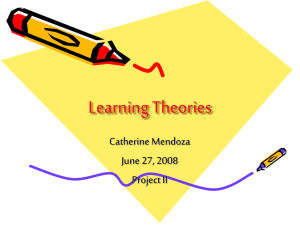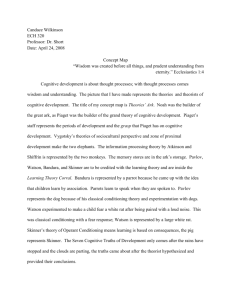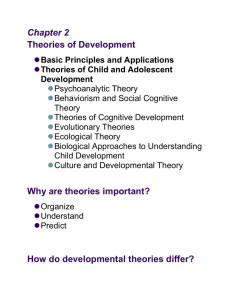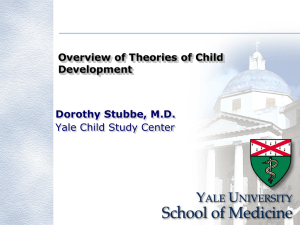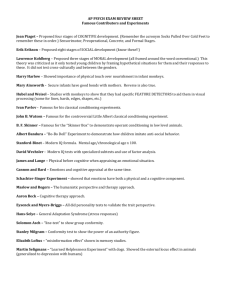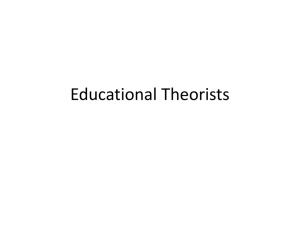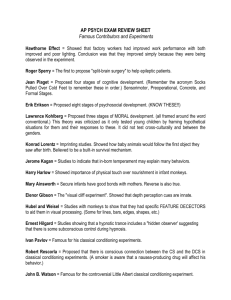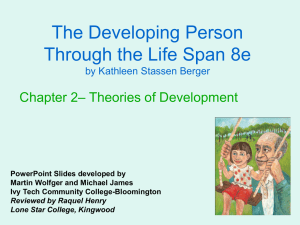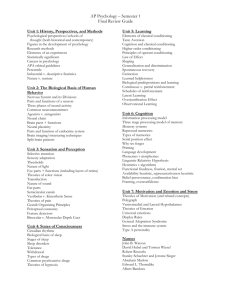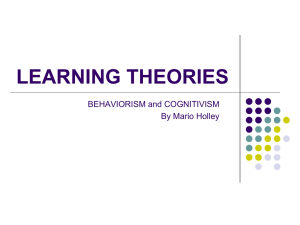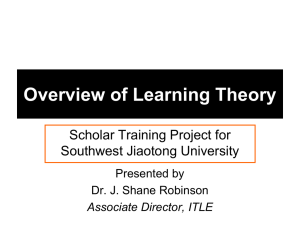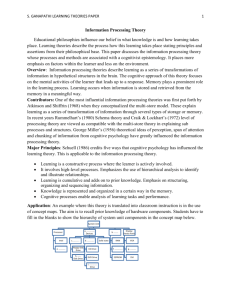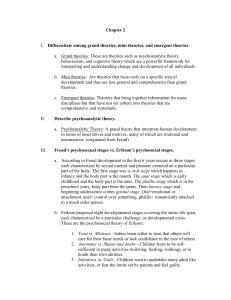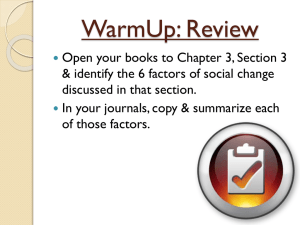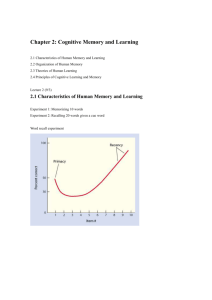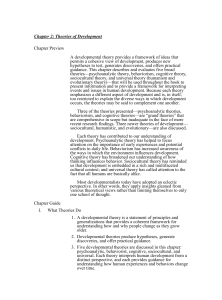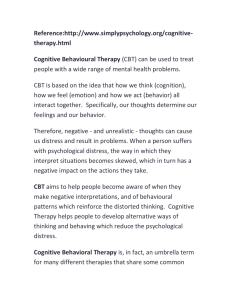Take-Home Exam on Human Learning
advertisement
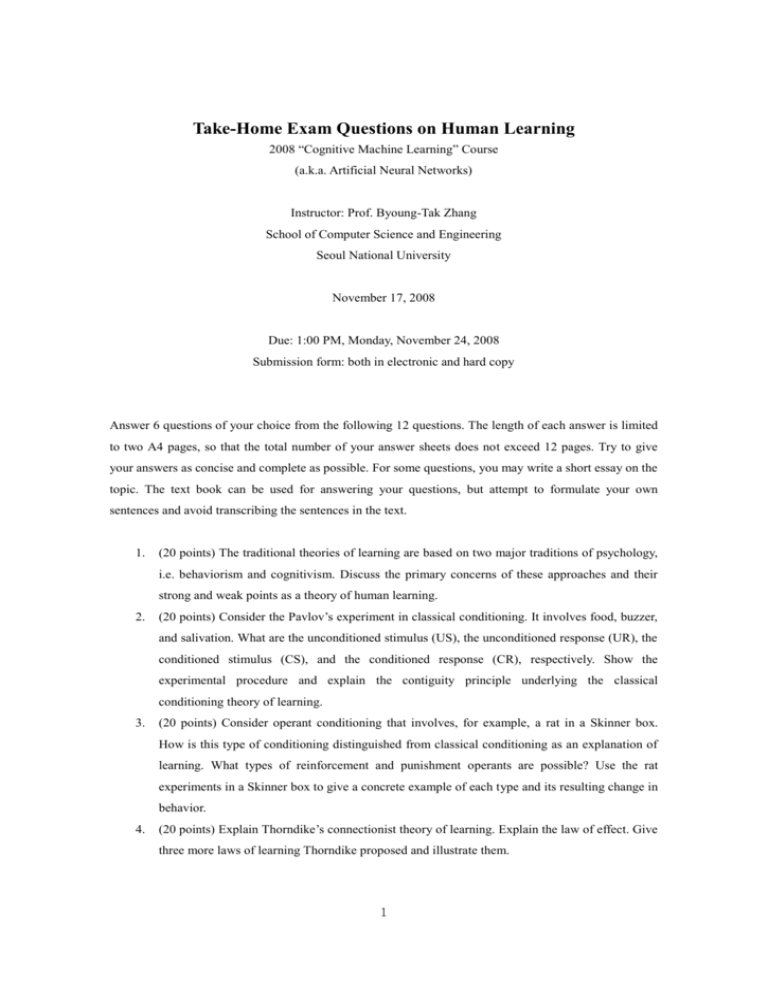
Take-Home Exam Questions on Human Learning 2008 “Cognitive Machine Learning” Course (a.k.a. Artificial Neural Networks) Instructor: Prof. Byoung-Tak Zhang School of Computer Science and Engineering Seoul National University November 17, 2008 Due: 1:00 PM, Monday, November 24, 2008 Submission form: both in electronic and hard copy Answer 6 questions of your choice from the following 12 questions. The length of each answer is limited to two A4 pages, so that the total number of your answer sheets does not exceed 12 pages. Try to give your answers as concise and complete as possible. For some questions, you may write a short essay on the topic. The text book can be used for answering your questions, but attempt to formulate your own sentences and avoid transcribing the sentences in the text. 1. (20 points) The traditional theories of learning are based on two major traditions of psychology, i.e. behaviorism and cognitivism. Discuss the primary concerns of these approaches and their strong and weak points as a theory of human learning. 2. (20 points) Consider the Pavlov’s experiment in classical conditioning. It involves food, buzzer, and salivation. What are the unconditioned stimulus (US), the unconditioned response (UR), the conditioned stimulus (CS), and the conditioned response (CR), respectively. Show the experimental procedure and explain the contiguity principle underlying the classical conditioning theory of learning. 3. (20 points) Consider operant conditioning that involves, for example, a rat in a Skinner box. How is this type of conditioning distinguished from classical conditioning as an explanation of learning. What types of reinforcement and punishment operants are possible? Use the rat experiments in a Skinner box to give a concrete example of each type and its resulting change in behavior. 4. (20 points) Explain Thorndike’s connectionist theory of learning. Explain the law of effect. Give three more laws of learning Thorndike proposed and illustrate them. 1 5. (20 points) From evolutionary psychology point of view, conditioning is an adaptive process strongly influenced by biological and evolutionary pressures. Give at least three examples of animal behavior that can be explained by this approach. Also discuss the contribution of evolutionary psychology in beginning a transition from behavioral to cognitive theories of learning. 6. (20 points) Many people contributed to making a transition to modern cognitivism. Explain the following theories as examples. A. Hebb’s theory on learning and thinking (mediation) based on cell assemblies B. Gestaltists’ theory of perception and memory with its influence on cognitive approaches to learning 7. (20 points) Piaget distinguished four major stages of cognitive development, i.e. sensorimotor development, preoperational thinking, concrete operations, and formal operations. Explain the major characteristics of the children in each stage by illustrating concrete examples. 8. (20 points) What are the characteristics of neural network (or connectionist) models? How are they different from symbolic models? What aspects of human information processing are well explained by connectionist models? 9. (20 points) Explain the relationship between learning and memory. What are the properties of short-term memory? What are the properties of long-term memory? What are the explanations for forgetting in short-term memory? What are the explanations for forgetting in long-term memory? 10. (20 points) Explain and compare the distinguishing features of four motivation theories of dissonance theory, self-determination theory, attribution theory, and expectancy-value theory. 11. (20 points) Explain the main ideas behind Bandura’s social cognitive theory of learning. How does it contrast with other theories of learning? What practical implications does it have for parenting, teaching, and therapy? 12. (20 points) Bruner describes five models of the learner. What are they? Which theories or scientists are their representatives, respectively? What aspects of learning are best explained by each model? The end 2
